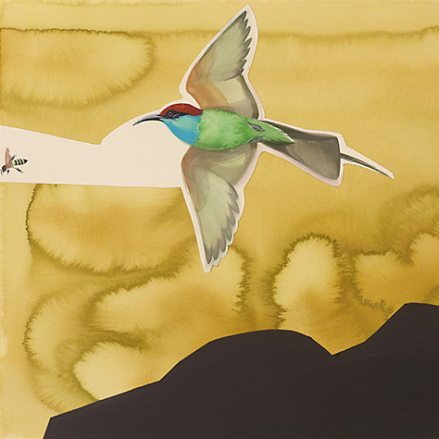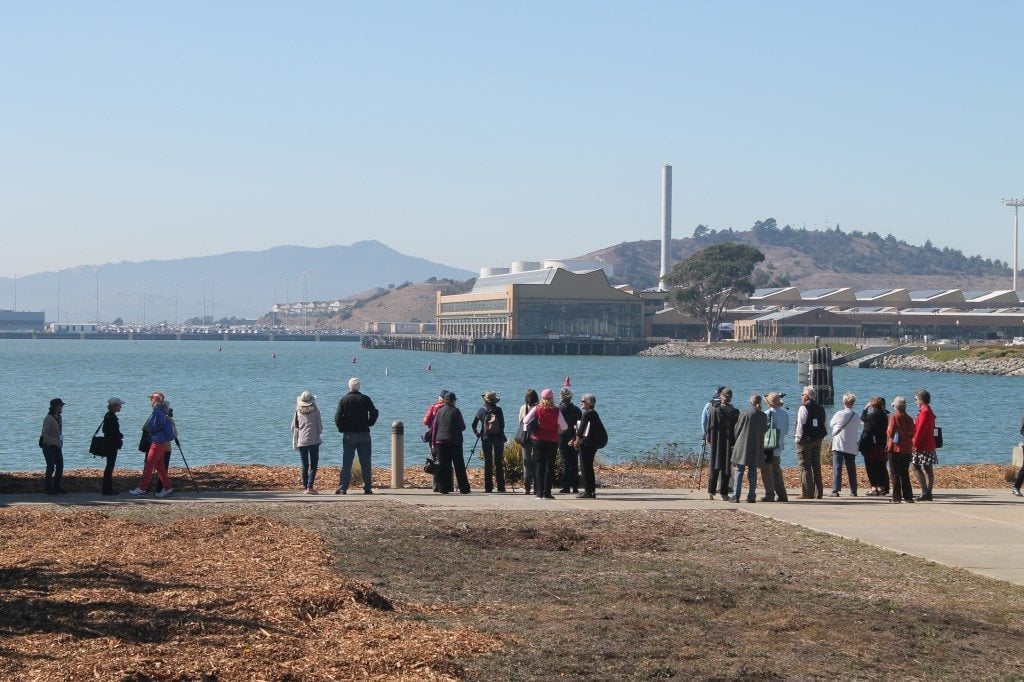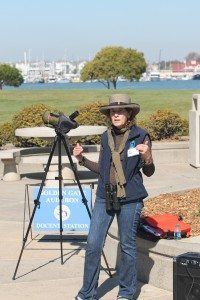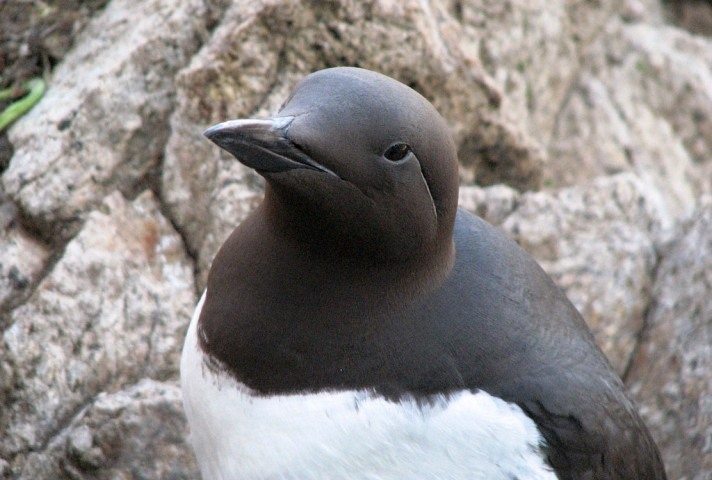Artist & birder & conservationist
By Ilana DeBare
David Tomb’s two childhood loves were art and birds. As an adult, he’s brought them together — in a way that supports international bird conservation.
Tomb — a San Francisco painter and collage artist — currently has a show at the San Francisco Public Library focusing on endangered birds of the Philippines, including the majestic Philippine Eagle.
It’s part of an initiative to showcase endangered species in the Third World, and raise both money and awareness to help them survive. Together with several childhood friends, Tomb runs a small nonprofit called Jeepney Projects Worldwide that so far has used art to spotlight the Tufted Jay (Mexico) and Horned Guan (Mexico-Guatemala), as well as the Philippine Eagle.
“I’d always wanted to paint birds. As I started traveling more and getting out into the field, mostly Mexico, I thought, ‘What can I do to help?'” said Tomb.
 Tufted Jays by David Tomb
Tufted Jays by David Tomb
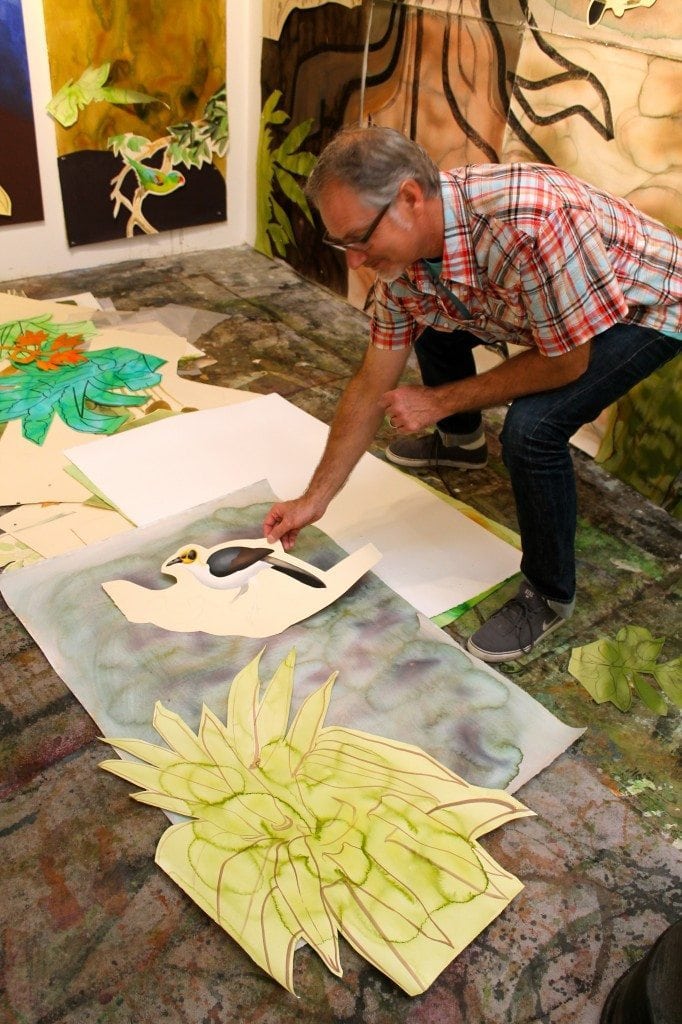 David Tomb working on a collage / Photo by Ilana DeBare
David Tomb working on a collage / Photo by Ilana DeBare
Boy Birder in Oakland and Marin
Tomb started birding as a boy in Oakland and then Marin County, where he fell under the spell of the late birding legend Rich Stallcup. He took part in his first Christmas Bird Count at age 11 in 1972.
“Rich was the M.C. compiling the numbers at the end of the night,” Tomb recalled, “and I thought, ‘That guy is really cool. I wish I could be like that when I grow up.’ It was the first time I remember thinking an adult was cool.”
 Blue-crowned Motmot by David Tomb, in graphite, ink, colored pencil, gouache and water color wash
Blue-crowned Motmot by David Tomb, in graphite, ink, colored pencil, gouache and water color wash
For the first twenty years of his career as an artist. Tomb focused on painting people. He aspired to paint birds, but couldn’t figure out how to forge the same personal connection he had when using live human models. “I would look at photos of birds and think, ‘What am I going to do with that?'” he said.
Several years ago, he took the plunge. He decided to try using museum collections of bird skins as his models. But he didn’t want to simply create straightforward field guide-style images; he wanted to add something personal to the work.
So he evolved a style that combines realistic birds — painted at their actual size — with a more abstract background.
“I like the tension of the two,” he said, “the realistic-looking bird with the flat cut-out form.…

